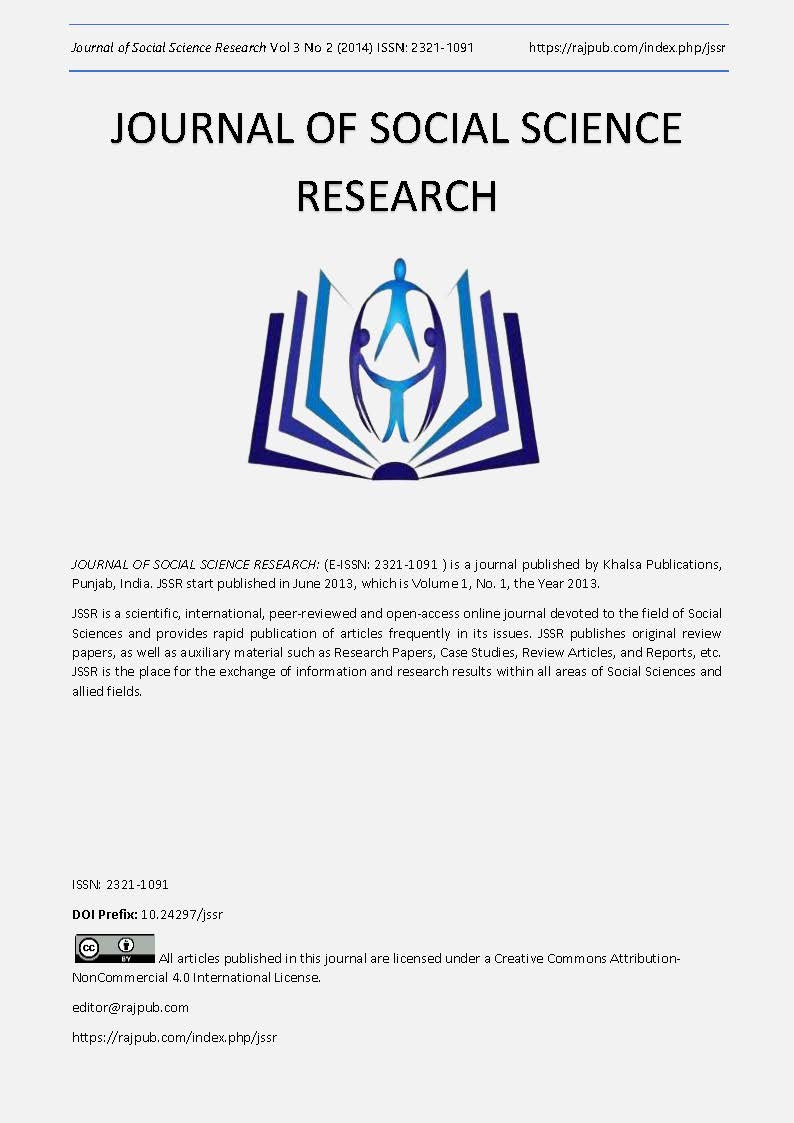Measure inegality in the investors risk aversion and behavioral heterogeneity: method and experimentation
DOI:
https://doi.org/10.24297/jssr.v3i2.3107Keywords:
School ManagementAbstract
This article studies the inequalities in measurements of the risk aversion in the context of the financial investments in Tunisia. We clarify initially the factors constitutive of the risk aversion. The studied actors are individual decision makers. The tackled questions are the risk attitude (including the risks known as extremes), its perception, its evaluation, the decision-making in risky universe. The empirical data were collected through experimental sessions carried out in Tunisia. We propose a framework of analysis for the study of the investors preferences based on an operational econometric modeling. The estimated models are the ordered probit and the ordered probit with random effects. The model with random effects has the advantage of making it possible to test the heterogeneity of the individuals and to measure the inequality in risk aversion of the investors, and this, by studying the components between and within-individual of the variance of the risk aversion.
Downloads
Downloads
Published
How to Cite
Issue
Section
License
 All articles published in Journal of Advances in Linguistics are licensed under a Creative Commons Attribution 4.0 International License.
All articles published in Journal of Advances in Linguistics are licensed under a Creative Commons Attribution 4.0 International License.




